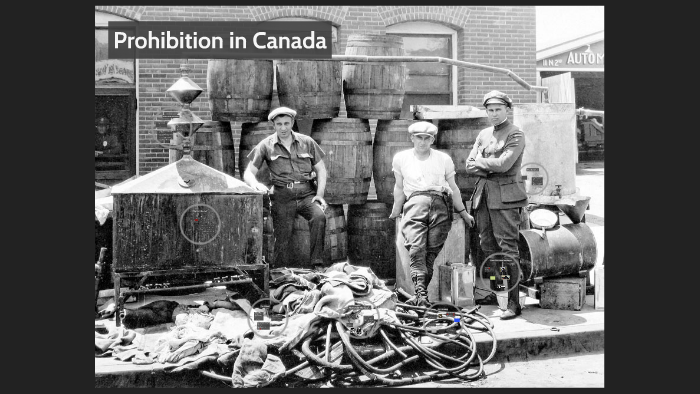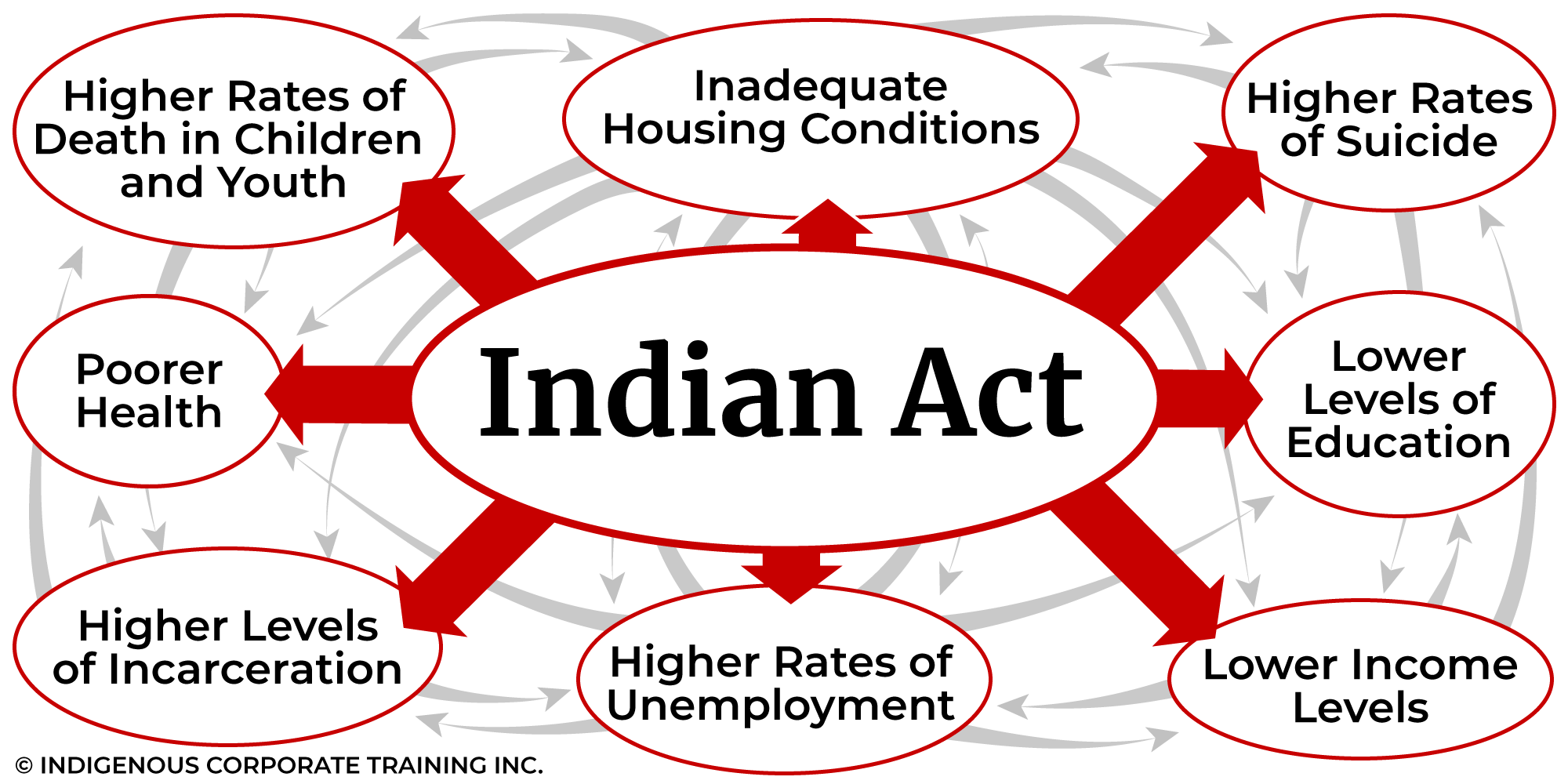Firearms Prohibition and Indigenous Peoples in Canada: Navigating the Complexities
Firearms Prohibition and Indigenous Peoples in Canada: Navigating the Complexities

The relationship between Indigenous peoples and firearms in Canada is a complex one, steeped in history, culture, and ongoing struggles for self-determination. While the right to bear arms is a contentious topic across the country, the situation becomes even more nuanced when considering the unique circumstances and perspectives of Indigenous communities. This article delves into the intricacies of firearm prohibition laws in Canada, focusing on their impact on Indigenous peoples and examining the historical, cultural, and legal factors at play.
Historical Context: A Legacy of Dispossession and Control
Related Articles: Firearms Prohibition and Indigenous Peoples in Canada: Navigating the Complexities
- Stolen Generations: A Legacy Of Loss And The Fight For Identity
- Unfurling The Colors Of Unity: A Deep Dive Into The Aboriginal Flag
- Unmasking The Truth: The Ongoing Legacy Of Canada’s Residential Schools
- The Dreaming: Unraveling The Tapestry Of Australian Aboriginal Creation Stories
- Unveiling The Timeless Tapestry: Understanding The Dreamtime Of Australia’s Aboriginal People
Understanding the current state of firearms legislation in Canada requires looking back at its historical roots. The relationship between Indigenous peoples and firearms has been shaped by centuries of colonial policies aimed at dispossession and control.
-
The Fur Trade and Early Regulations: The fur trade era saw the introduction of firearms into Indigenous communities, transforming hunting practices and social structures. However, early regulations, often driven by European colonial powers, sought to restrict Indigenous access to firearms, limiting their ability to hunt and defend their territories.
-
The Indian Act and the Suppression of Indigenous Rights: The Indian Act, introduced in 1876, further restricted Indigenous rights, including the right to possess firearms. This legislation, designed to assimilate Indigenous peoples into European culture, saw firearms viewed as a threat to colonial control and deemed unsuitable for "civilized" Indigenous communities.
-
The Legacy of Residential Schools and Cultural Suppression: The devastating legacy of residential schools, which forcibly removed Indigenous children from their families and communities, aimed to erase Indigenous cultures and traditions. This included the suppression of hunting practices and the removal of firearms from Indigenous communities, further contributing to the perception of Indigenous peoples as inherently incapable of responsible firearm ownership.

Modern Legislation and the Shifting Landscape

In recent decades, there has been a growing recognition of the historical injustices inflicted upon Indigenous peoples and the need to address systemic inequalities. This shift has led to a gradual but ongoing re-evaluation of firearms legislation and its impact on Indigenous communities.
-
The Firearms Act (1995): The Firearms Act, introduced in 1995, sought to regulate firearm ownership and use across Canada. While it aimed to promote safety and reduce gun violence, it also inherited the legacy of restrictive policies that had historically targeted Indigenous peoples.
-
The Indigenous Perspective: A Call for Self-Determination: Indigenous communities across Canada have increasingly asserted their right to self-determination, including the right to regulate firearms within their own territories. This call for self-determination acknowledges the cultural and traditional significance of firearms for Indigenous peoples and the need for Indigenous-led approaches to firearm management.
-
**The Role of Treaty Rights and Aboriginal


Closure
Thus, we hope this article has provided valuable insights into Firearms Prohibition and Indigenous Peoples in Canada: Navigating the Complexities. We thank you for taking the time to read this article. See you in our next article!


